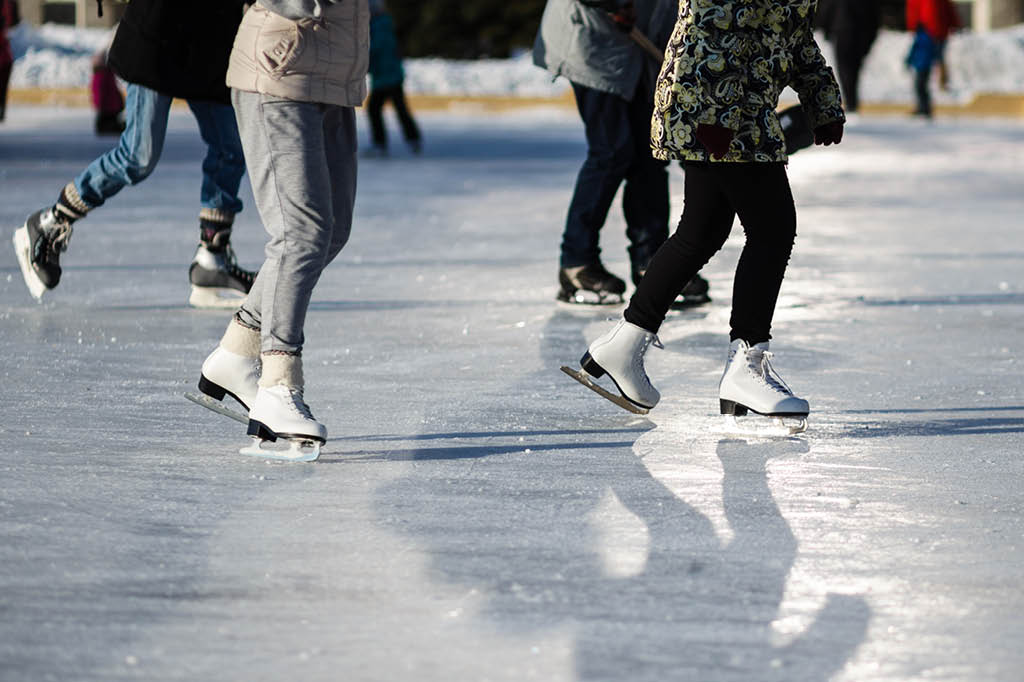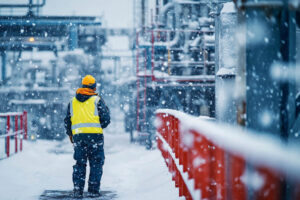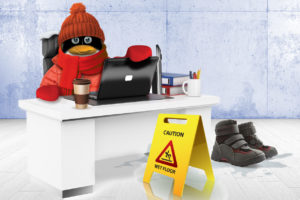November 17, 2025
How to avoid injuries on and around hockey and ice rinks
Injuries on skating rinks can be severe.
A volunteer high school hockey coach and law enforcement officer from Minnesota suffered a traumatic brain injury after hitting his head on the ice in January 2025, and it took months of recovery before he was able to lace up his skates again.
The incident illustrates that more than bumps and bruises can occur on (and around) hockey and ice rinks. Here are some safety tips to help prevent injuries.
Hockey rink safety
- Anyone going onto a hockey rink should wear a proper helmet that is strapped and secured in place, and that includes coaches. Keep a supply of spare helmets on hand, if possible. Wear a helmet yourself and encourage others to do so.
- Even during on-ice award ceremonies, you should wear helmets. Also make sure that artificial carpet runners or rolls of rubber are placed on the ice wherever someone is standing or walking to prevent a slip-and-fall injury.
Of course, for those playing hockey, wearing gloves, shoulder pads, hip pads, etc., is also a good idea. And those who are facilitating activities can stay safe by not actively playing, like passing the puck for a drill instead of skating around with the players.
Other safety tips for ice rinks
If you’re planning on being on the ice in any capacity, here are some safety tips.
- Select proper footwear: Wear flat-soled shoes with good tread to help prevent a slip-and-fall injury and be sure to inspect and replace worn-out shoes.
- Don’t wear outdoor gear inside: It’s a good idea to wear traction footwear when you’re outdoors on ice rinks, but you should remove them before going into a building. Walking on cement, tile floors and other indoor floor surfaces with traction footwear can lead to slips and falls.
- Walk like a penguin: An SFM favorite for winter safety, shorter steps with toes pointed slightly outward, consciously transferring body weight from one foot to the other, is a good way to prevent losing your footing. Keep your arms close to your body and hands out of your pockets.
Handouts for others
Use these downloadable resources to help inform others about avoiding hazards on and around hockey and ice rinks:





